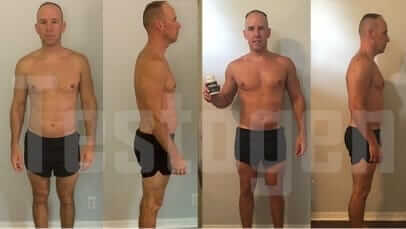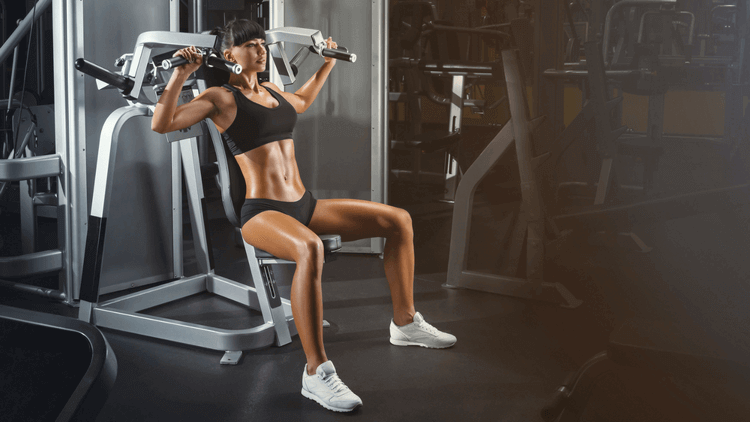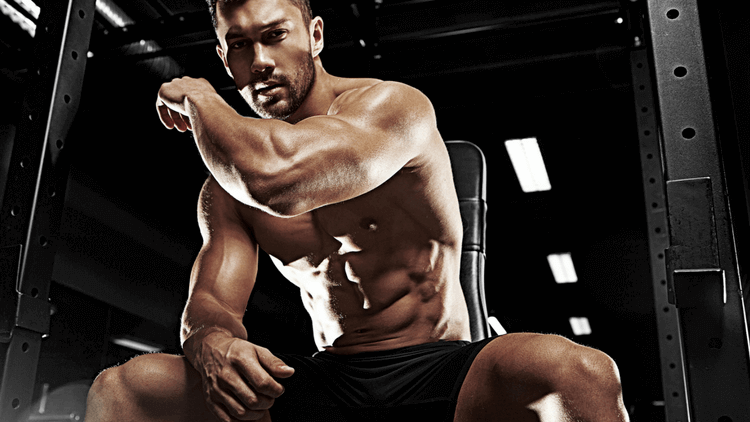With CrossFit growing in popularity around the world, there are more people than ever wanting to know what it involves and how to get started. This beginner’s guide to CrossFit will take you through all that and more, explaining exactly what CrossFit involves and how you can maximize your performance.
What is CrossFit?
CrossFit, because it is so many things, is actually quite hard to define. Perhaps the best definition is “the sport of fitness.” This phrase refers to the fact that CrossFit is built around group-based training sessions set in competitive environments. Workouts are typically against the clock, with higher-ranked participants setting faster times.
What types of exercise does CrossFit involve?
Greg Glassman, the founder of CrossFit, took it upon himself to define “fitness” when building his sport.
For Glassman, fitness is “increased work capacity across broad time and modal domains,” which basically means being good at all types of fitness.
As such, CrossFit includes:
- weightlifting
- strength training
- gymnastics
- running
- sprinting
- rowing
- rope climbing
and much more in between.
Who is CrossFit great for?
Crossfit is an amazing way to train if you love variety in your training. If the thought of doing the same thing every day bores you to tears then Crossfit is exactly the sport for you. One day you might be doing kettlebell swings the next you’re doing a snatch. One minute you’re rowing 500m the next your climbing a rope or doing handstand pushups.
Crossfit is also perfect for you if you enjoy being part of a competitive community. The sport has national games, regional qualifiers and open workouts, all of which are accessible to every member with leader-boards to see where you stack up against your worldwide competition.
Defining success in Crossfit training
Since Crossfit involves so many aspects of fitness, training for Crossfit can actually be a pretty difficult balancing act. Focussing for too long on one activity could lead to reduced performance in other areas, but trying to focus on too much at once could lead to very limited progress.
Fundamentally, being a good Crossfit Athlete comes down to understanding this phrase:
“Jack of all trades master of none.”
As a Crossfit athlete you will never be great at weightlifting, you will never be great at running, or swimming, or gymnastics of any other thing you practice. Instead you aim to be reasonably good at all of those things.
Your goal is to become the Ultimate All-rounder
Your Average Crossfit Class
When you attend a Crossfit ‘Box’ (the term given to crossfit gyms for some reason) there will almost always be a ‘Workout of the Day’ (known as a WOD). The workout will usually involve some combination of various exercises in a circuit training kind of style. The workout can take anywhere from 5 to 40 minutes depending on what it involves and your level of ability.
Here’s an example WOD:
10 Box Jumps
20 Press Ups
1 rope climb
50 calorie Row
3 rounds for fastest possible time
If you’re in a gym with a more knowledgable coach, your session might also involve some time for gymnastics work or weightlifting practice, but this isn’t guaranteed and quality of coaching will vary from box to box.
Class Pro’s: You’ll likely have a great time, get competitive and push yourself hard, developing various aspects of fitness.
Class Con’s: Because the class is designed to be okay for everyone, it can end up being perfect for no-one. In other words, it doesn’t cater to your individual needs as an athlete.
Structuring a more ‘individualised’ plan for Crossfit – Part 1: Assessment
Now, this is where we’re going to have to get into the science of strength and conditioning a little bit. I’m going to try to keep everything reasonably simple, but when dealing with so many different types of fitness activity we’re going to need a cleverly designed approach.
First off, this means assessing your own strengths and weaknesses. What activities are you good at and what do you definitely need to work on?
Here are two examples:
1) Ryan: Ryan has played American Football for five years. He can bench 225lb for 20 reps, squat double his own bodyweight and cover 100m in less than 12 seconds. His strength and speed are his obvious advantages.
However,
Ryan has never done gymnastics and can just about manage a length of a pool without getting tired. His weaknesses are his fine motor skills and his cardiovascular endurance.
2) Jake: Jake spent his childhood doing gymnastics, as well as going for runs around his local park with his two dogs. His strengths are his fine motor skills, coordination and cardiovascular endurance.
However,
Jake has never been in a weight room, his bodyweight is low for his height and he lacks any explosive speed or acceleration.
Based on this assessment, Ryan and Jake are going to need very different training programmes in order to progress optimally. Ryan needs to work on his motor skills and endurance, whilst Jake needs to focus on getting stronger and adding some muscle to his frame.
Structuring a more ‘individualised’ plan for Crossfit – Part 2: Application
Now that you’ve done an honest assessment of your own strengths and weaknesses its time to start apply this information to your own training.
Luckily, as well as classes, most Crossfit boxes also offer time slots in the gym where members can go in to pursue their own programs and goals. These time slots are generally known as ‘Open Gym’ hours.
If you want to improve your Crossfit performance as quickly as possible, then your job is to use these ‘open gym’ sessions to work on your own individual weaknesses. If you suck at gymnastics then use one of these sessions to practice gymnastics. If you’re not strong enough then use this session for heavy squats and overhead presses.
So, if you were planning to train three times per week, your schedule might look something like this:
Day 1 – Crossfit Class
Day 2 – Open Gym (address weaknesses)
Day 3 – Crossfit Class
Ready to Get Started?
Okay so that wraps up my short beginner’s guide to Crossfit. If you’ve read all the way through you now know what crossfit is, what type of exercise it involves and what a typical class looks like. You’ll also know how to identify your own weaknesses and use open gym sessions to address them in order to become a better athlete.







